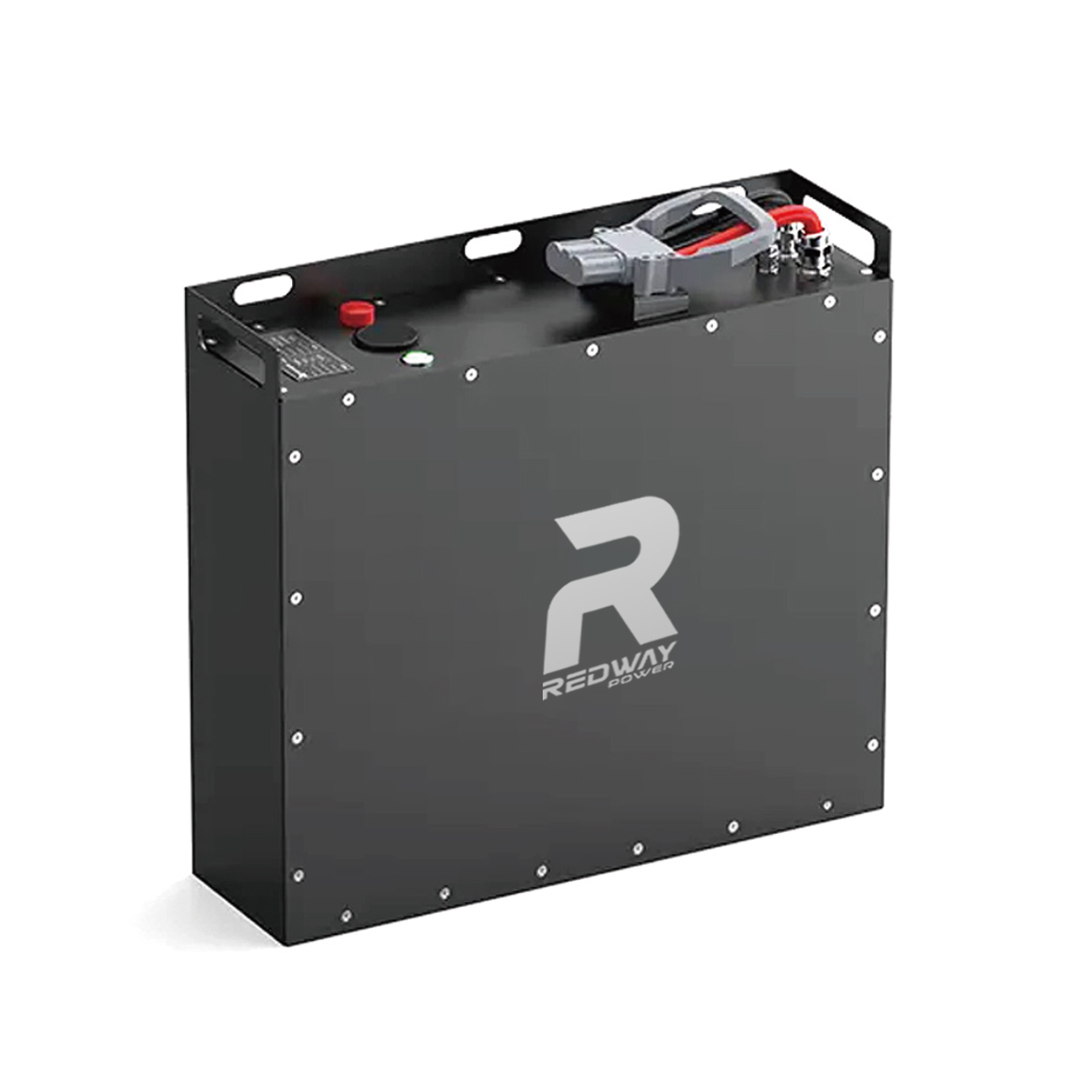Deep Cycle LiFePO4 Batteries Manufacturer
Looking for a business partner from whom you can buy deep cycle lithium batteries at wholesale price? We got you covered. Learn more about how we can work together.
Redway Lithium ion Battery Factory has been diligently striving to unlock the mysteries of transforming deep cycle LiFePO4 Batteries into a profitable venture. Discover the inner workings of LiFePO4 Batteries, explore their advantages, various categories, extensive product line, exceptional craftsmanship, and a plethora of other fascinating details by simply clicking the button below!
We are a Lithium Battery OEM Factory
Redway is dedicated to the domains of 12V, 24V, 36V, 48V, 60V, 72V, 80V, 96V, 100V Deep Cycle Lithium Iron Phosphate Batteries, RV lithium battery, Marine battery, Rack-mounted lithium battery, Golf cart lithium battery and Forklift lithium batteries. Their ultimate goal is to fulfill the diverse energy needs of customers by providing comprehensive energy service solutions. These solutions encompass a range of offerings, including lithium-ion battery energy storage products, smart hardware solutions, energy investment, and operational services, among others.
Don’t you find what you are looking for?
Just tell us your detailed requirements. The best offer will be provided.
Blog
What Is Golf Cart LiFePO4 Battery Energy Efficiency?
December 13, 2025
No Comments
Golf Cart LiFePO4 batteries offer exceptional energy efficiency, typically ranging from 92% to 99%, far exceeding lead-acid alternatives. Shenzhen-based Redway Battery produces OEM lithium packs
Are IoT Solutions Available for Golf Cart Batteries?
December 13, 2025
No Comments
Yes, IoT solutions for golf cart batteries, especially LiFePO4 models, enable real-time monitoring of voltage, state of charge (SOC), temperature, and faults through cloud platforms
How Is Golf Cart LiFePO4 SOC Monitored?
December 13, 2025
No Comments
Monitoring the state-of-charge (SOC) in golf cart LiFePO4 batteries ensures safe operation, precise runtime estimates, and longer battery life. Redway Battery integrates advanced Battery Management








